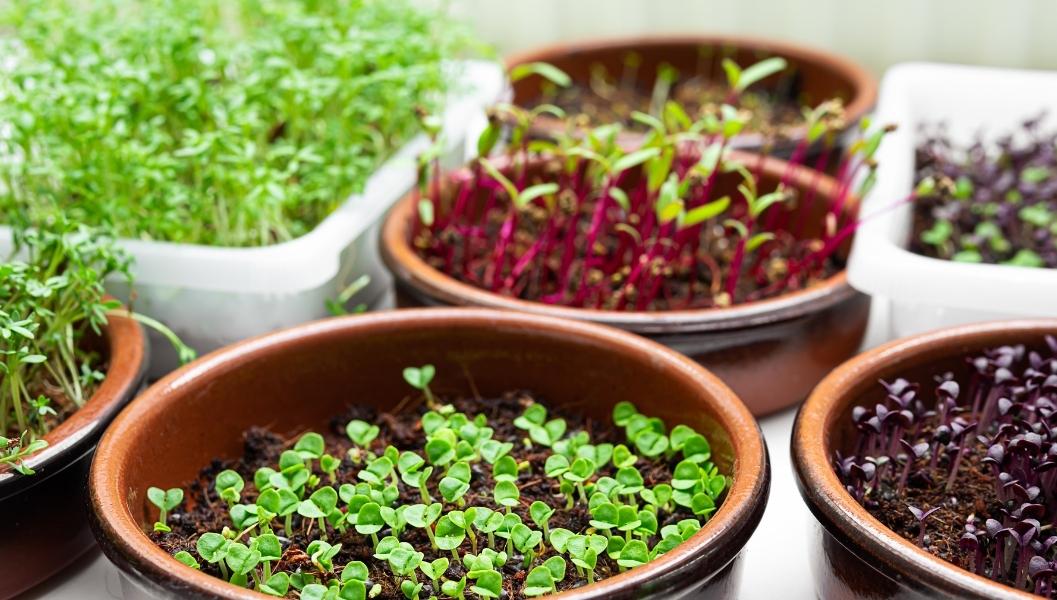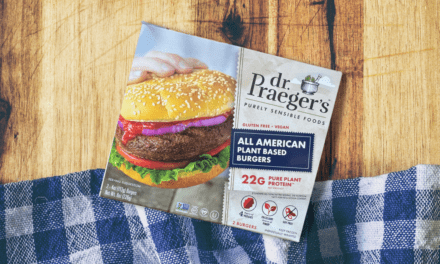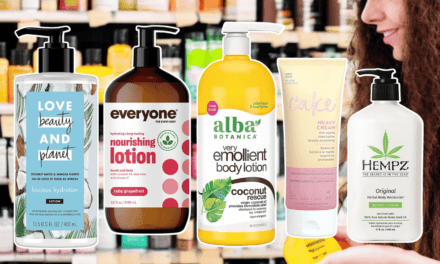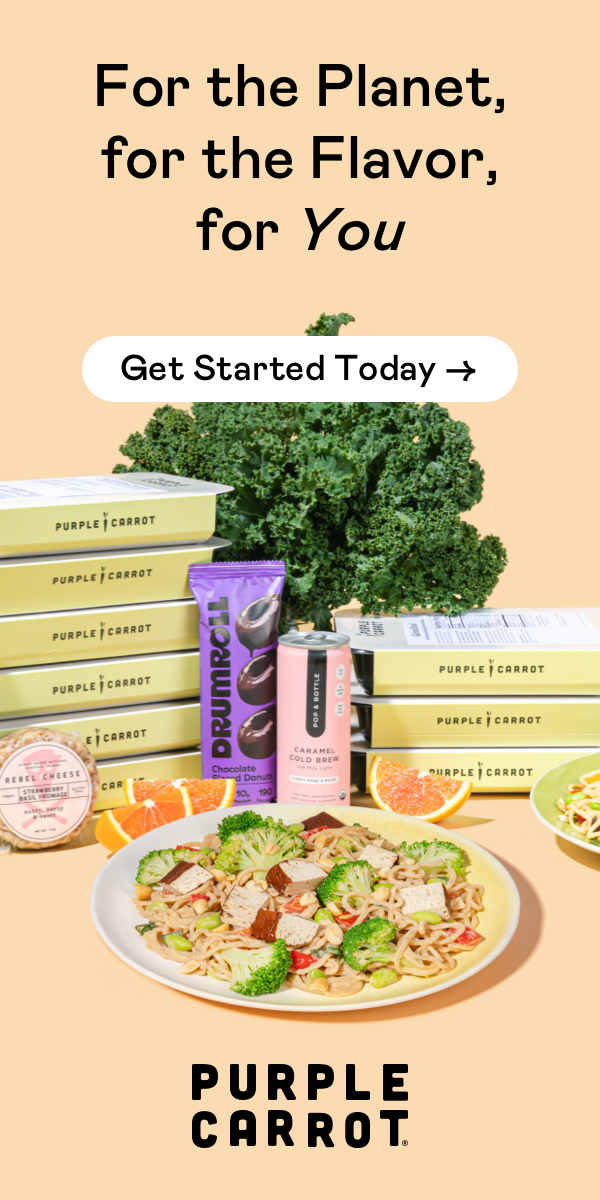One of the disadvantages of living in an apartment is the lack of a yard to plant a garden, but don’t let that stop you! Did you know there are edible plants you can grow in a small space, including an apartment? Here are five foods you can grow.
1. Microgreens
Microgreens are seeds or seedlings harvested while they are still young and tender. Microgreens may taste different than the mature plant. Although some are slightly bitter, others, like arugula, are less bitter than fully matured arugula.
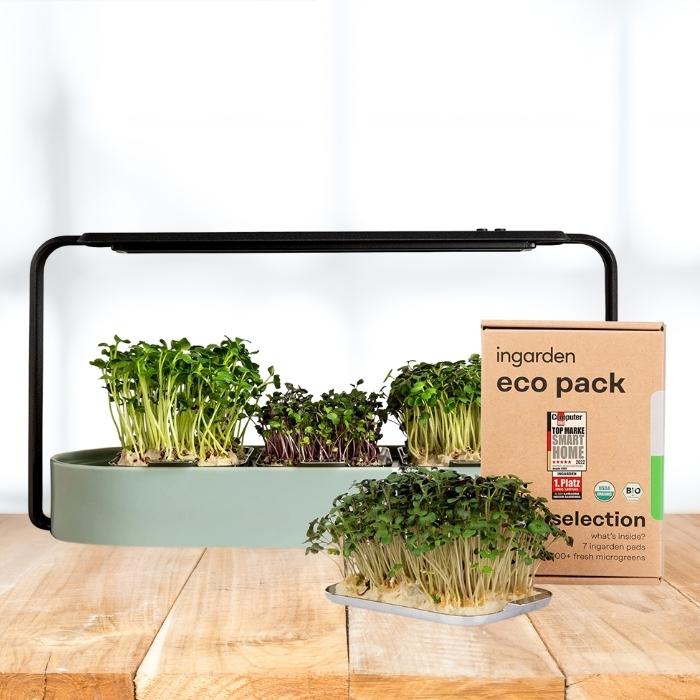
Grow your own organic superfood microgreens with this smart indoor garden kit.
By growing microgreens indoors, you can enjoy them all year long. Why would you want to? Microgreens are one of the most nutritious foods you can put on your table. Research shows they contain 10-fold more antioxidants than mature vegetables. There is a ton of nutrition in them, especially when compared to bigger leafy greens, which you need more space to grow. And if you bought them at the grocery store, if you can find them, you might get sticker shock. They’re not cheap!
Microgreens are easy to grow. They don’t take up much space, and they don’t need a lot of light. If you’ve got a reasonably sunny window, it’ll work. You can grow microgreens indoors all year round, and you don’t need a green thumb to do it. It takes less than 10 minutes a day to take care of your microgreens. After that, your greens will continue to flourish as long as you keep up with your daily maintenance tasks, such as watering and light exposure.
2. Mushrooms
Mushrooms are an underappreciated source of nutrition, and they come in many types, from the simple white button mushroom to more exotic mushrooms with medicinal properties. However, research shows that all edible mushrooms are nutrient-dense and beneficial to health. What you might not know is how easy they are to grow in a small space.
Mushrooms are simple to grow indoors. They require no sunlight, and instead actually need darkness. They have no roots, so they don’t need soil, just a container with something wet in it. Fungi are decomposers, they feed on dead matter and return their nutrients to the soil so they can be reused. Most of the work is already done for you.
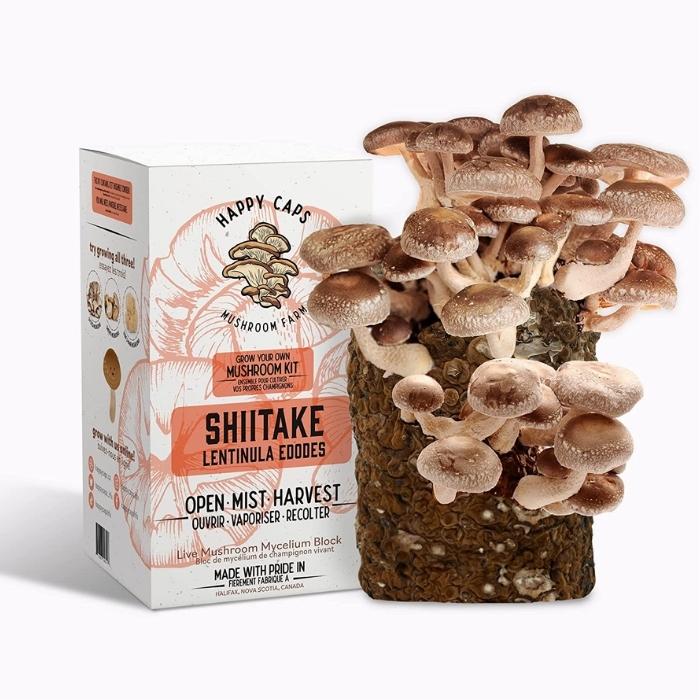
If you’re interested in growing mushrooms, there are some great kits you can find on Amazon such as this Happy Caps Shiitake Kit.
If you have a dark closet or room that stays at around 65 degrees F, then you have a space for growing mushrooms. If your space is smaller than 4 feet by 4 feet (1.2 x 1.2 meters), a small investment in some shelving will let you grow more than enough for your own use, and maybe even start selling them to friends and neighbors if you live in an area where fresh mushrooms aren’t readily available or are expensive due to shipping costs.
Shiitake mushrooms are the easiest to grow at home. They will grow on just about anything. Start with a kit from a retailer. They will send you sterilized grain (usually corn or rye) and instructions for making a “casing,” which is like a compost pile for mushrooms. The mycelium will colonize the grain, and then when it’s ready it will fruit, or send up one or more white stalks crowned with brown caps.
Enjoy the health benefits of mushrooms without buying them at the grocery store! They’re an excellent source of antioxidants, trace minerals, and potassium.
3. Herbs
Whether you’re a cook or just an herb lover, there’s enjoyment in having fresh herbs always at hand. The key to growing herbs indoors is to have a place that gets the light and warmth of at least a few hours of sun every day. You will also need potting soil and small pots, either plastic or clay. A big sunny window is an ideal place to start your herb garden.
Herbs add flavor to foods, and they’re rich in antioxidants and compounds with anti-inflammatory activity. Herbs have an advantage over vegetables, as they do not lose their flavor after being harvested and stored. Dried herbs will retain their potency for up to three years if stored properly in a cool dark place such as a cupboard or drawer.
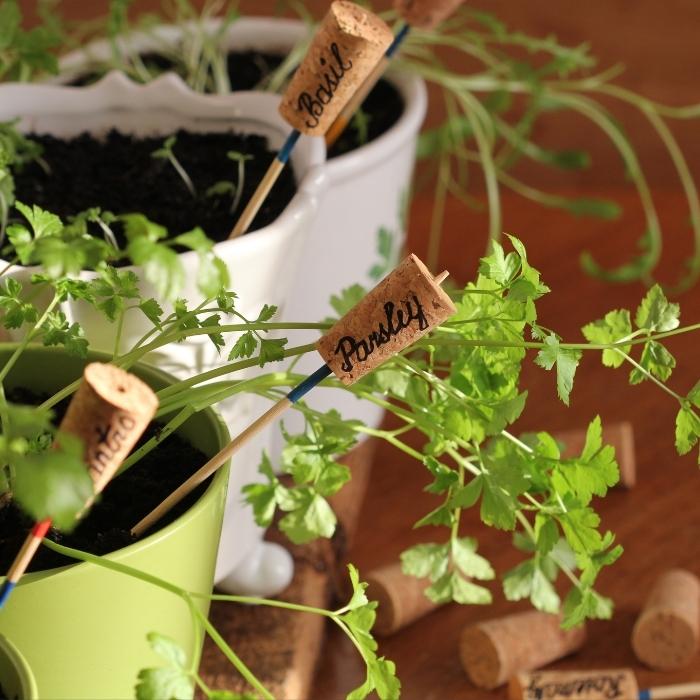
Small pots of herbs are easy to grow indoors by a sunny window.
4. Salad Greens
Growing your own salad greens is a great way to get more fresh vegetables into your diet and save money on your grocery bill. It’s a shame that people don’t eat more greens, and one way to ensure you do is to grow them yourself.
It’s easier than you might think. Even if you live in an apartment with only a small balcony or windowsill, you can grow some of your own greens, even if it’s just a few leaves of lettuce here and there.
Salad greens like lettuce, arugula, spinach, and mizuna taste great tossed into pasta or a sandwich, added to soup, or as the main ingredient for a simple salad. Growing your own means you can have them year-round and always enjoy freshly harvested greens in your salads and on sandwiches.
Growing your own salad greens is not only an efficient way to get fresh vegetables but also a great way to ensure your produce is organic and chemical-free.
Here are a few tips to help you get started:
- Choose the right growing containers. Salad greens can be grown in just about any type of container, as long as it has drainage holes. Be sure to choose containers that are large enough to accommodate the roots of your plants.
- Use a high-quality potting mix. To ensure that your plants have all the nutrients they need, use a high-quality potting mix formulated for indoor plants.
- Water regularly. Salad greens need to be kept moist, so be sure to water them regularly. Indoor plants may require watering more often than outdoor plants, so check the soil regularly to see if it needs moisture.
- Provide adequate lighting. Most salad greens need at least six hours of sunlight per day, so place your plants near a sunny window. If you don’t have access to natural light, you can use grow lights designed for indoor plants.
- Harvest often. Harvesting salad greens as soon as they’re ready will encourage your plants to produce more leaves. For most greens, you can simply snip off the outer leaves, and the plant will continue to grow from the center.
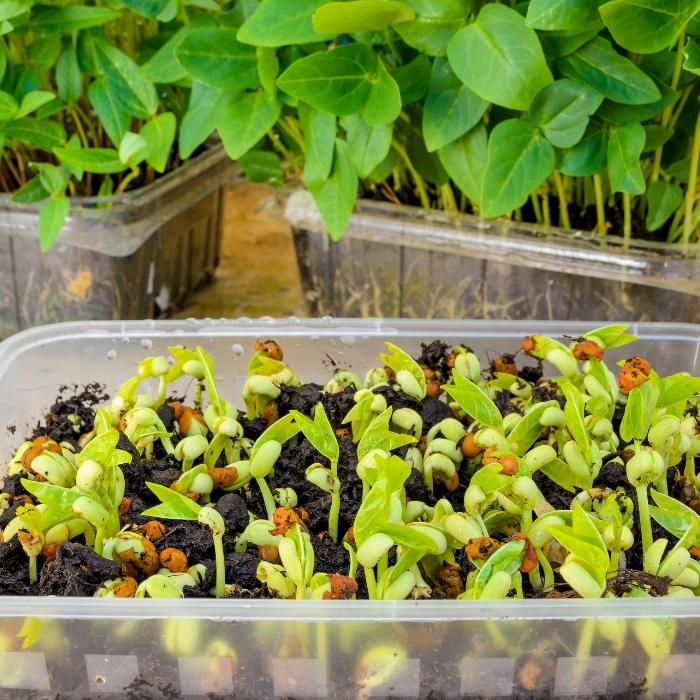
Salad greens are fun to grow indoors, even if you only grow enough to dress your veggie burger or add to a pita.
5. Lemon Tree for Lemons
Who wouldn’t want fresh lemon to enjoy in a glass of water first thing in the morning and in recipes? Lemon is refreshing and an excellent source of vitamin C. Although you can buy lemons at the supermarket, why not start your own lemon tree so you have a steady supply?
First, find a large plastic container. Put some drainage holes in the bottom. Fill the container with potting soil. Purchase a lemon tree that has already started growing (preferably a Meyer lemon tree), and transplant it into your container. Be sure the top of the root ball is even with the top of the potting soil. If you find a seedling lemon tree, stick it in a pot and wait until it grows to at least 2 feet tall before transplanting.
Finally, after it is growing well and starting to flower, place it in direct sunlight. Citrus trees need lots of sunlight to grow and flourish. Open up the windows occasionally to let fresh air circulate as this will help keep your lemon tree healthy. Enjoy having fresh lemons year after year. Check out this video by Grow Organic if you want to learn more about growing citrus indoors, she does a great job of covering all the basics!
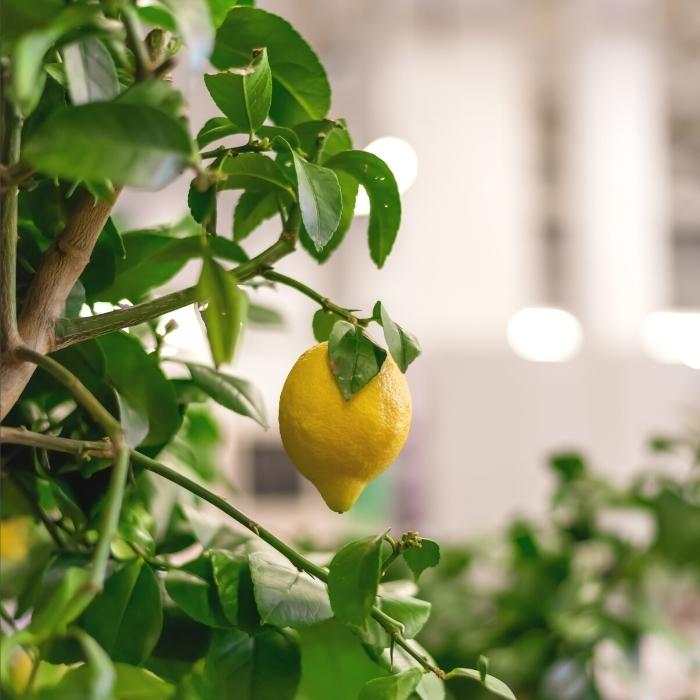
Meyer lemons and other citrus trees can be grown indoors.
The Bottom Line
Your apartment will be alive with nature when you grow these delicious foods, plus it’s fun and rewarding to eat something you’ve grown yourself. Enjoy!

